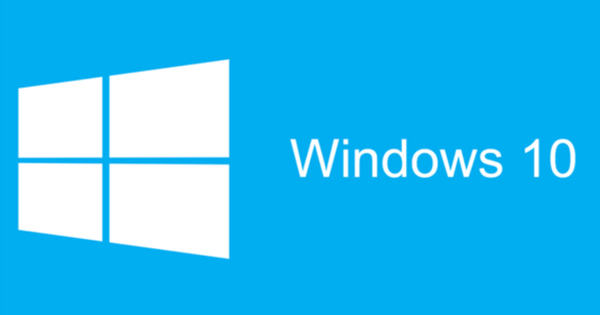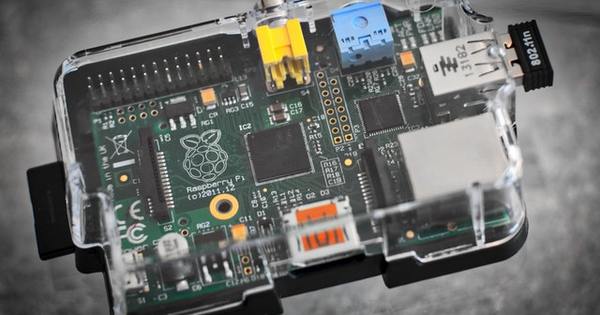If you have been using your PC or laptop for a while, there may be many unnecessary files and remains of settings on your device. It is almost impossible to manually delete this data yourself, but fortunately you don't have to. You can completely clean your PC or laptop in three steps.
Step 1: Browser
Before we turn to extra 'cleaners' for which you have to install an extra program, it is good to know that Windows already has good cleaning routines on board with which you can remove unnecessary files.
Your browsers collect a lot of extra files and information while surfing the internet. You can easily clean this with the key combination Ctrl+Shift+Del. This key combination works in all modern browsers. Check all parts before performing a cleaning action. For example, you prevent your saved passwords from being removed from your browser, something that many people find a nice feature.

Step 2: Windows Disk Cleanup
Windows Disk Cleanup is an underrated tool when it comes to deleting unnecessary files. You can also free up disk space by, for example, throwing away Windows Update backup files. Windows Disk Cleanup is somewhere in your start menu, but the easiest way to start it is with the command cleanmgr by pressing Windows key + R. Place check marks to indicate what you want to have cleaned.
below More options you can free up extra disk space by removing programs you don't use. Please note that uninstalling programs within Windows 10 is not the cure either. File remnants may still remain on your computer this way. With Revo Uninstaller, you can search for junk left on your computer after you uninstall certain programs.
Step 3: BleachBit
BleachBit is recommended for those who want to free up even more space. BleachBit goes beyond standard Windows components and also tackles the 'work files' of well-known programs. BleachBit puts all responsibility of cleaning actions on the user by disabling all options by default. The parts you can clean are divided into categories like System, Chrome and Internet Explorer. Click on a category to see which parts you can have cleaned. Check where you want to apply the 'cleaning cloth' and click on Example for a 'test clean'. You see the consequences of your cleaning action and know how much space you get back with it. Check this and perform the cleaning action with the button clean up. It goes without saying that you should never delete things that you don't know what it's for. With this in mind, you can safely use BleachBit.


